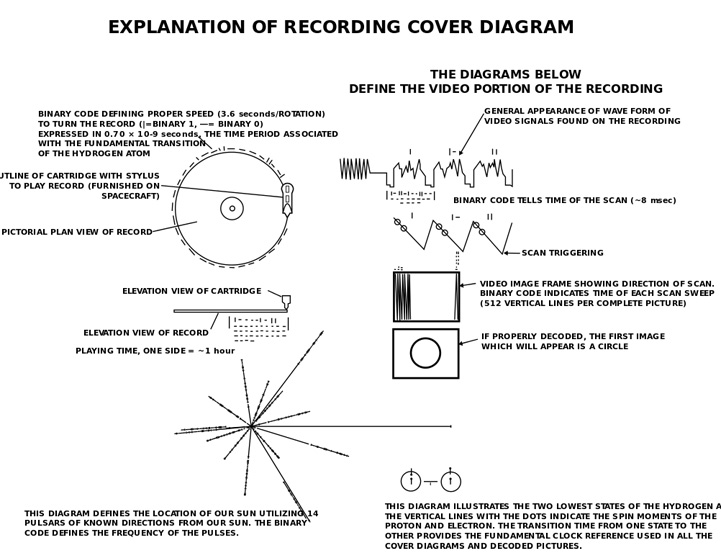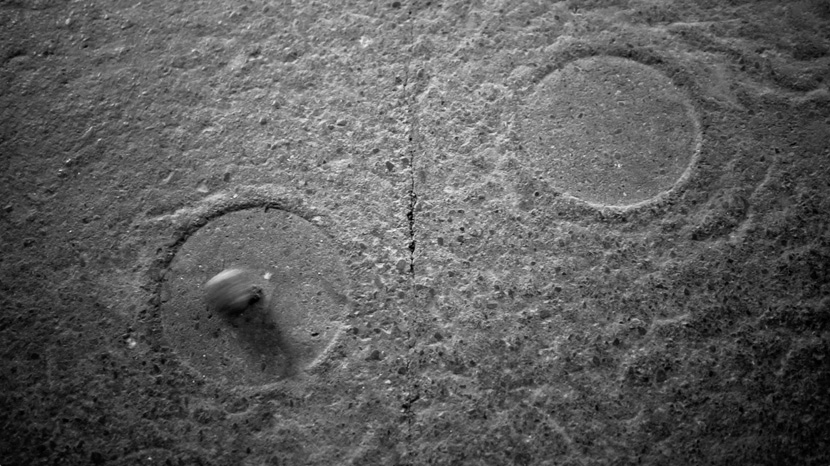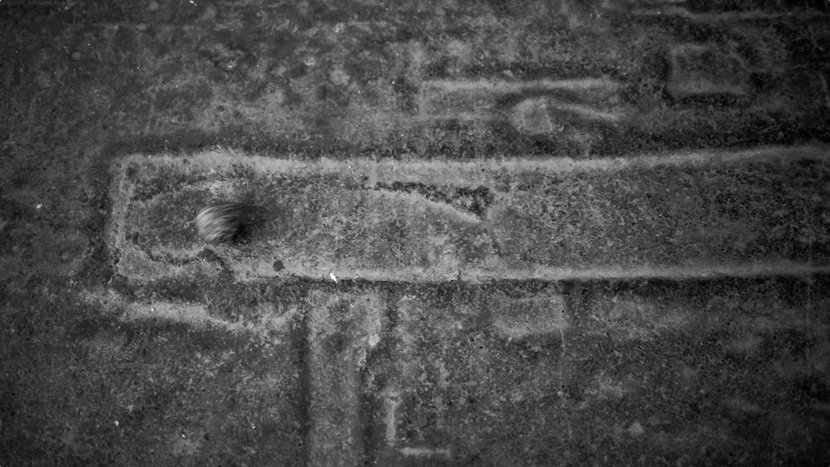028 Urban Songline (Alternative instruction for extraterrestrial life for playback of the Golden Records aboard the Voyager spacecraft) | Latitude: 45.572021° N – 45.572787° N / Longitude: 8.055120° E – 8.056332° E, 2015 – Fondazione Pistoletto – Biella – IT
This project uses the patterns of circles and rectangles found in the floors of a disused textile factory in Northern Italy as a profile to generate sound by rolling a spherical rock from the adjacent river over them from which music is created through manipulation by software. This song, an Urban Songline for the originating space functions as an alternative, possibly equally random, instruction for extraterrestrial life for playback of the Golden Records aboard the Voyager spacecraft.
__________________________________________________
The Voyager Golden Records are phonograph records that were included aboard both Voyager spacecraft launched in 1977. They contain sounds and images selected to portray the diversity of life and culture on Earth, and are intended for any intelligent extraterrestrial life form, or for future humans, who may find them. The instructions anticipate the capacity to decipher our instructions engraved on the record for playback of the 116 images and a variety of natural sounds, such as those made by surf, wind, thunder and animals (including the songs of birds and whales) with added musical selections from different cultures and eras, spoken greetings in 55 ancient and modern languages, and printed messages from United States president Jimmy Carter and U.N. Secretary-General Kurt Waldheim
.


Part of the project Urban Songlines, a utopian/dystopian series of collaborative translations of buildings, urban structures and public spaces into music through site-specific sound-generation. These performances are a way of connecting to places by listening to them as well as a research into how we use and experience the public domain and to what degree we can claim ownership over it, discussing notions of inclusion, becoming and belonging.
This project was executed in collaboration with Peter Schreuder (Gleaner)




